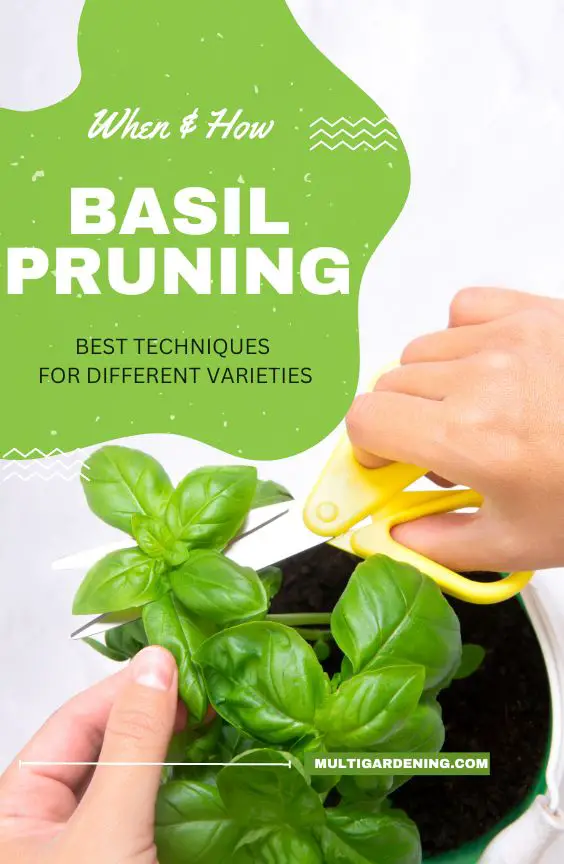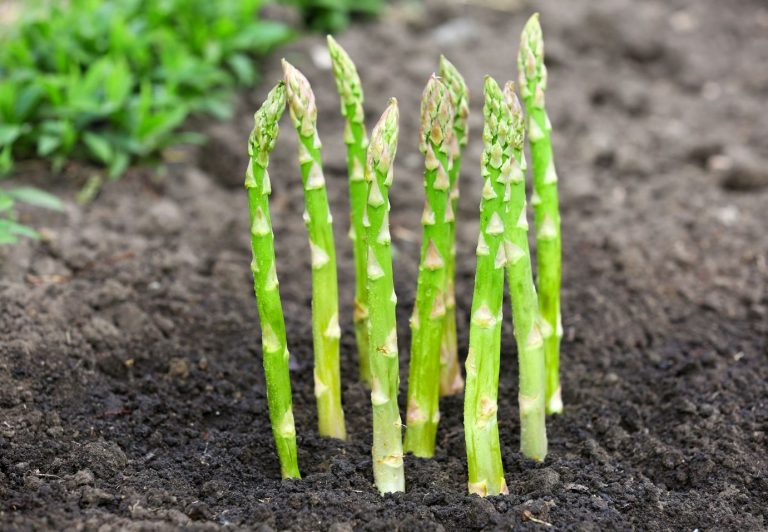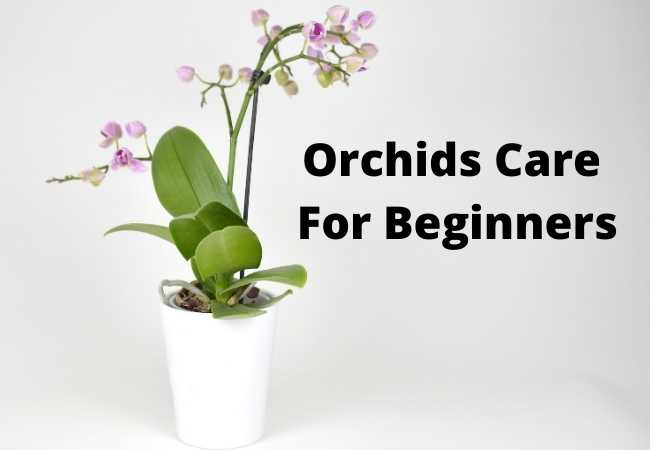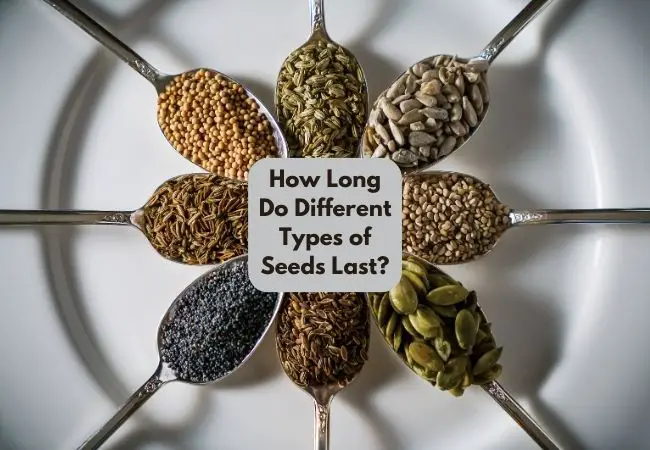When and How To Prune Basil Plants Guide
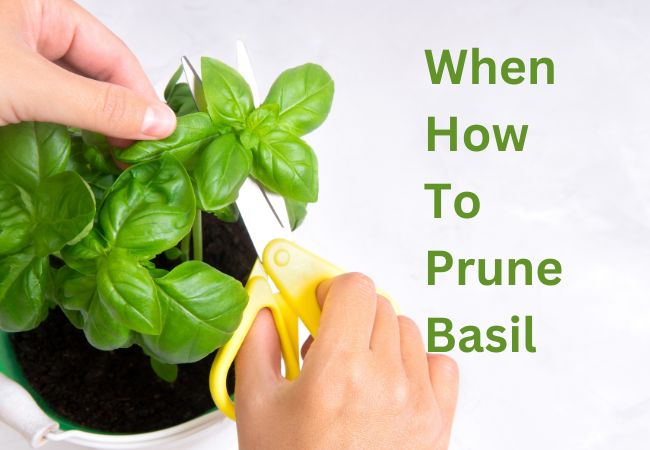
This is a complete guide on when and how to prune basil plants to promote health and productivity. Basil, with its fragrant leaves and versatile culinary uses, is a beloved herb among gardeners and food enthusiasts.
When and How To Prune Basil Plants
To ensure robust growth and a bountiful harvest, it is essential to understand the art of pruning basil. Pruning plays a vital role in maintaining plant health, stimulating branching, and promoting higher yields.
I have grown basil for many years and it is one of the easy herbs that anyone can grow successfully. In this guide, I will explore when and how to prune basil effectively for an abundant harvest.
Understanding Basil Growth
Basil, a member of the mint family, has specific growth habits that influence pruning techniques. It starts as a seedling with a single stem and gradually develops into a bushy plant with multiple stems and leaves.
Factors such as sunlight, water, and nutrient availability greatly impact basil growth and branching. Check out this helpful post on why your basil plant is drooping.
When to Prune Basil Plants
Timing is crucial when it comes to pruning basil. Pruning at the right stage ensures optimal results. Two primary instances call for pruning:
Early basil pruning for bushier growth and regular maintenance pruning. Early pruning involves removing the tip of the main stem when the plant has developed its first set of true leaves.
Regular maintenance basil pruning is performed throughout the growing season, but it’s important to avoid pruning too close to the end of the season when the plant starts to decline.
How to Prune Basil
Pruning basil can be done by pinching or using tools such as clean, sharp pruning shears or scissors. The process can be broken down into simple steps.
- Begin by inspecting the plant for damaged or diseased leaves and removing them.
- Next, select the stems to prune, focusing on those that are leggy or have excessive growth.
- Cut back the stems just above a leaf node or pair of leaves, which encourages branching.
The choice between pinching or cutting depends on personal preference and the desired outcome. Pinching involves using your fingers to remove the tip of the stem, while cutting requires the use of pruning shears to make a clean cut.
Pruning Techniques for Different Basil Varieties
Different basil varieties may require slight variations in pruning techniques. For instance:
- Genovese basil, the classic Italian variety, benefits from regular pinching to promote bushier growth.
- Thai basil, with its distinctive purple stems and spicy flavor, should be pruned regularly to maintain a compact shape.
- Lemon basil, known for its citrusy aroma, responds well to pruning by cutting back stems to encourage new growth.
Basil Aftercare and Maintenance
After pruning, it is important to dispose of the pruned material properly to prevent the spread of diseases or pests. Composting or discarding in a sealed bag are suitable methods.
Providing adequate aftercare is also crucial for the plant’s recovery and continued growth. Water the basil plant regularly, ensuring the soil is evenly moist but not waterlogged.
Fertilize as needed, following the instructions on the chosen fertilizer product. Additionally, basil thrives in full sunlight and prefers temperatures between 70-85°F (21-29°C).
Common Basil Pruning Mistakes to Avoid
While pruning basil is a relatively simple process, there are common mistakes to be aware of.
Over-pruning can weaken the plant and hinder its ability to produce a substantial yield. On the other hand, under-pruning can result in leggy, unproductive plants.
Timing is also crucial, as pruning too late in the season may not allow sufficient time for new growth. Neglecting proper technique and using dull tools can lead to ragged cuts that may invite disease or pests.
Pruning to Maximize Basil Harvest
Pruning plays a vital role in maximizing basil harvests. Regular and proper pruning encourages branching, resulting in a bushier plant with more leaves available for culinary use.
Harvesting basil leaves should be done by gently plucking or cutting the mature leaves from the plant.
Avoid removing more than one-third of the plant’s foliage at a time to ensure its continued growth and vitality. Harvested basil leaves can be used fresh or dried for later use in cooking, making pesto, or infusing oils.
Continuous pruning throughout the growing season promotes extended growth and ensures a steady supply of fresh basil leaves.
By regularly removing the tips of the stems, you encourage lateral branching and the development of new shoots. This process allows the plant to produce more leaves, leading to a more abundant harvest.
Final Thoughts on Basil Pruning
Pruning basil is an essential practice for maintaining the health and productivity of this popular herb.
By understanding when and how to prune basil effectively, gardeners can promote bushier growth, higher yields, and a longer harvest season.
Remember to prune at the right stages, remove damaged or diseased leaves, and use proper techniques and tools to achieve clean cuts. With regular care and attention, your basil plants will thrive, providing you with a fresh and aromatic supply of basil leaves for all your culinary endeavors.
I hope this post on when and how to prune basil gives you the confidence to grab your shears and start pruning your basil plants. Please follow me on Multigardening Pinterest for more awesome gardening posts.
